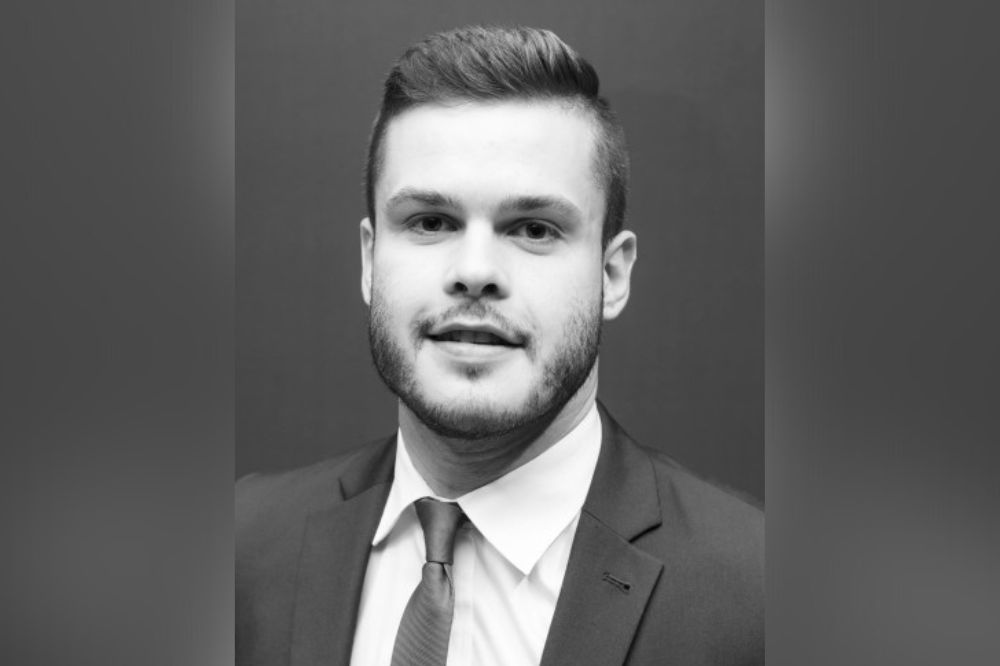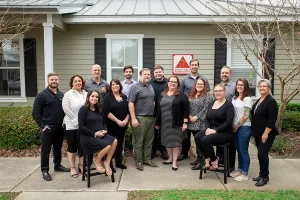Helping HVAC clients mitigate pollution liability risks

“They’re obligated to have the highest standard of care,” Pillsbury continued. “If there was a faulty piece of equipment, it’s expected that the HVAC contractor would know before anyone else. So, they’re the ones that are held accountable when a pollution incident occurs.”
Environmental liability insurance is one way for HVAC contractors to protect their businesses, but it’s also critical to mitigate the risk of pollution incidents. Pillsbury outlined several risk management strategies in a recent webinar, hosted by the Heating, Refrigeration and Air Conditioning Institute of Canada (HRAI), a non-profit national trade association.
“Environmental liability a relatively recent development over the last decade or so,” the executive told Insurance Business. “People are a lot more conscious about the environment and this has increased the liability for anyone that has that exposure.”
Businesses have five different types of environmental obligations:
Compliance obligations – these obligations oversee the purchase, disposal, and use of harmful substances such as chemicals. HVAC contractors must be aware of provincial and federal regulations when they operate using a type of equipment.
Remediation obligations – if a pollution incident occurs, contractors have an obligation to return the area to its original state.
Fines and penalties – contractors must be aware of fines and penalties are imposed on a provincial and federal level.
Compensation obligations – a company may have to pay for environmental damage to persons or property.
Punitive damages – fines handed down by a court to deter other businesses from causing a similar incident.
How can HVAC firms mitigate pollution exposures?
One thing brokers and their clients should keep in mind is that most pollution incidents are not discovered right away. Oil leaks and chemical spills are often hidden and take weeks, if not months or years, to produce disastrous effects.
But most general liability policies for commercial businesses cover pollution incidents if they’re discovered within 120 hours, Pillsbury pointed out. A standalone pollution liability policy may be a good bet for HVAC contractors to transfer risk. These businesses could also completely avoid performing services that carry a lot of pollution risk.
“Avoidance is not always practical. There are certain operations that you just must do as a business,” Pillsbury said. “The other way is to implement loss prevention techniques to prevent a claim from happening.”
Claims can run up to the hundreds if not millions of dollars. But HVAC contractors can take steps to prevent some of the most common causes of claims for pollution liabilities:
Human error
This is the most common reason for a claim. Improper installations, particularly of oil filters, can lead to a failure in the system and create a leak. Rigorous training and maintenance standards are critical for mitigating this costly exposure.
Pillsbury recounted a recent instance when an HVAC contractor installed the gaskets on the oil filter at a client’s home but neglected to remove the old seal before putting on a new one. “Over time, that created an oil leak that dripped down into the residential drain and ended up in a municipal ditch. The cost of the remediation on that incident alone was over $200,000,” he said.
Corrosion
Oil tank corrosion is another a top cause of claims. The key to preventing this is ensuring there’s no water in the tank, which can often penetrate through small holes, causing moisture.
HVAC contractors must perform regular and thorough maintenance on their oil tanks, including annual checks and water removal within the tank. Specialized instruments can also take ultrasonic measurements of tank wall thickness to detect pitting and corrosion, though Pillsbury warned this test isn’t widely used or accepted yet.
Environmental impact
Finally, environmental factors also can cause deterioration or damage to tanks and pipes. Indoors, pipes can be damaged by impact with doors and other objects, or by human activity. Outdoors, HVAC equipment can deteriorate or be damaged by snow, ice, and rain falling from a roof or an eavestrough, or by being hit by vehicles.
Firms should be aware of where they’re storing their equipment and consider moving them to places that are less susceptible to the elements, Pillsbury advised.





